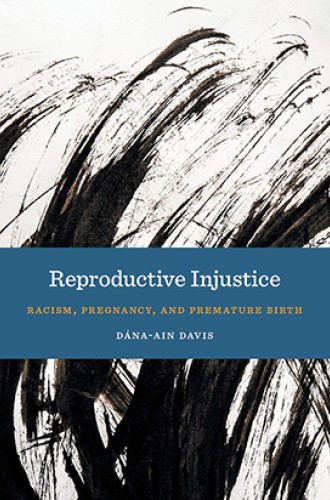An anthropologist explores the dangers of being pregnant while black
Using case studies, Dána-Ain Davis shows how medical racism hurts black women.
A young woman of color recently came into my clinic for medical care during her work break. A few months before, she’d borne a premature infant. When I asked her an open-ended question about her experience in the neonatal intensive care unit, she told me I wouldn’t be able to understand how much of a nightmare the NICU experience had been for her. She said she’d spent at least 12 hours a day in the NICU for weeks, and she insinuated that this was only the tip of the iceberg. As I read Reproductive Injustice, I regretted not having probed further into her story.
Dána-Ain Davis, an anthropologist who serves on a maternal mortality task force for the state of New York, paints an alarming picture of how medical racism affects black women’s health and black infant prematurity. Her own medical encounters as an expectant black mother inform the book, but it’s rooted primarily in the stories of other black women who were mistreated during their prenatal period and as parents of premature infants in the NICU.
Davis defines medical racism as “the ideas and practices that perpetuate racial hierarchies and compromise one’s health or facilitate vulnerability to premature illness or death.” She conducted nearly 50 ethnographic interviews with black women and men, health-care professionals, birth justice advocates, and administrators at the March of Dimes (an organization that works on reducing prematurity and supporting pregnant women). She uses her interviewees’ experiences to demonstrate the pervasiveness of medical racism that black families experience around childbirth.






